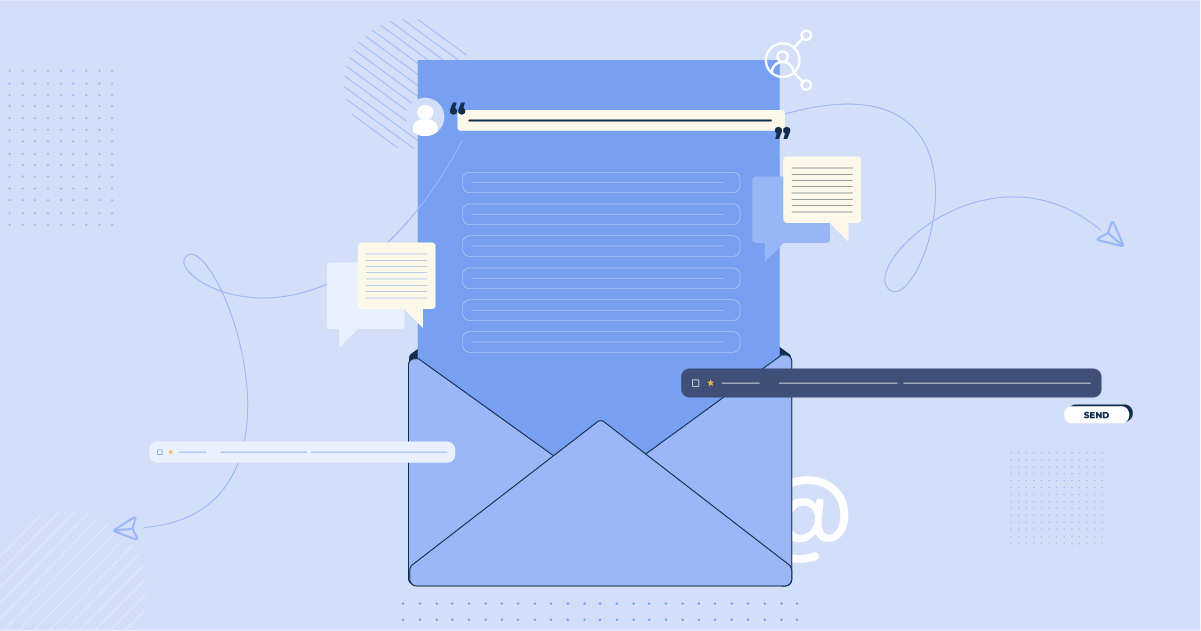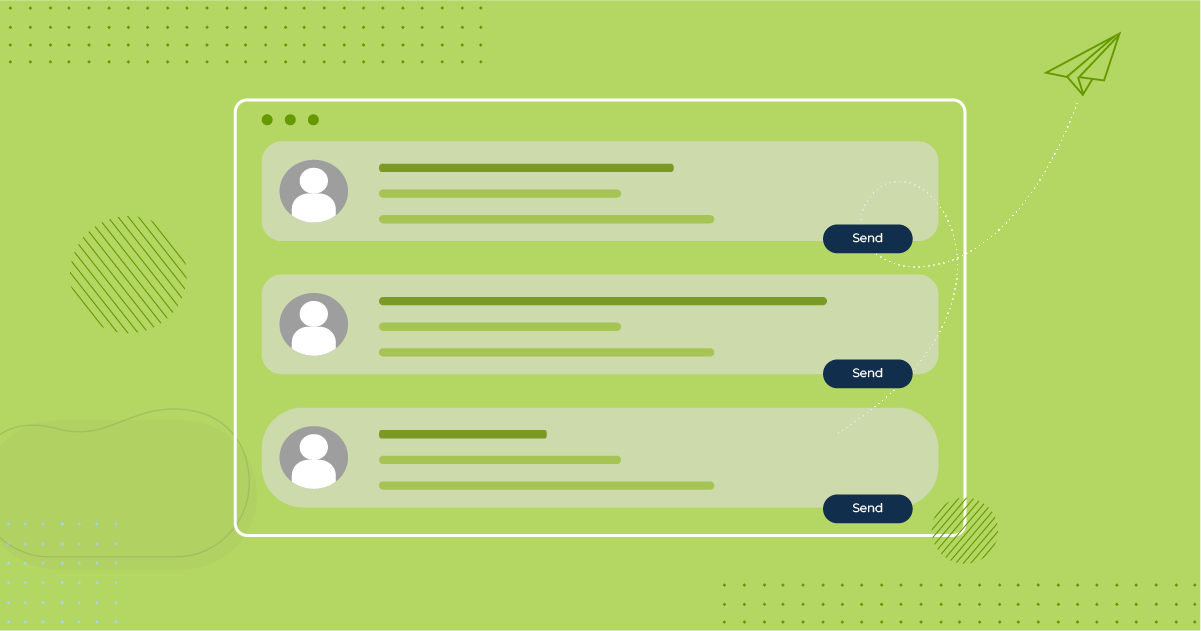
20 Email Subject Line Best Practices & Tips [With Examples]
Do you open every email? Neither do your subscribers.
With inboxes flooded with messages, your subject line and preview text play a crucial role in determining whether your email gets opened or ignored. They are the gateway to your content, the first impression that can make or break your email’s success.
In this blog post, we’ll share email subject line best practices to help you craft irresistible subject lines that capture your audience’s attention and boost your engagement rates.
From using personalization to creating a sense of urgency, we’ll cover all the strategies you need to make your subject lines stand out in a crowded inbox.
Best Practices for Writing Effective Email Subject Lines
Whether you create subject lines for stand-alone, follow-up emails, or drip email campaigns, you can boost your email success by using simple subject line creation techniques.
Here’s an overview of the best subject lines tips we’ll be looking at:
- Make them straightforward
- Avoid spam words
- Add personalization
- Avoid using all-caps
- Be concise
- Use power words
- Add preview text
- Use action verbs
- Set the right expectations
- A/B test your subject lines
- Be careful with emojis
- Use scarcity
- Give value right away
- Use numbers
- Minimize punctuation
Now, let’s look at them in more detail.
1. Make them straightforward
Nobody wants a complex opening line that is long and difficult to comprehend. Instead, lead with a short, to-the-point message that states your email purpose.
Ask yourself: Why should your subscriber open your email? What’s in it for them? Then start writing and rewriting the answer to this question until you have the right words.
The good news is you no longer have to do this alone or from scratch.
Subject line testers like Refine can help you create and refine your creations. Simply input your subject line, industry, and number of subscribers, and the tool will predict your open rate.
More importantly, it’ll offer tips to improve your score and suggest new subject lines.
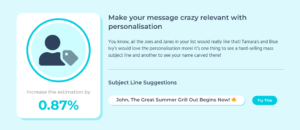
Email marketing platforms like Moosend have also integrated generative AI tools into their platforms to help you out not only with subject line generation but also with content authoring.
If you are interested in seeing how it works, you can sign up for a free account and use the 30-day free trial.
2. Avoid spam words
Using aggressive or “salesy” words in your subject line, known as spam trigger words, can have your emails flagged as spam.
The context also matters.
As spam filters are getting more advanced, they won’t automatically send your emails to a spam folder if they contain phrases like “limited-time promotion.”
However, you’ll be in trouble if you write the subject line in all-caps and add too many emojis and exclamation points.
According to our email deliverability specialist, these may include:
- FREE CASH
- Loans
- Free job opportunity
- Sharp
- Violence-related words
If you want to learn more, check out our list of spam words.
3. Add personalization
The personal touch is key in grabbing subscribers’ attention because it helps them see an email as personal rather than just another promotional automation.

Also, in addition to occasionally including your recipient’s name, or their company name in the subject line, take advantage of customer data to personalize your email content.
To the subscribers who have recently made a purchase, for instance, send an email campaign with the subject line: “Enjoy 10% off your next order, [Name]!”
Tip: Use a familiar sender name for your eCommerce business as your audience likes to open emails from a sender they recognize.
4. Avoid using all-caps
If you write your subject line using all caps, your recipients might interpret it as shouting. It can be off-putting, harm your credibility, and even trigger spam filters.
You can use all caps in your subject line occasionally but try to limit it to one or two words. Instead, you can try other techniques, such as personalization, emojis, or adding an exclamation mark to emphasize your point.
Just try not to overdo it as the result won’t look good. Here’s a not so great example from MeUndies:
😱❗️ENDS TODAY! UP TO 65% OFF PACKS! LAST CHANCE❗️ 😱
Instead of using all caps, opt for lower case. Also, don’t overuse emojis to maintain professionalism.
Tip: If you’re a fan of capitalization, you can opt for the title case: “Ends Today! Up To 65% Off Packs! Last Chance!”
5. Be concise
If your email subscribers skim their inbox on their mobile device, as 43% of all subscribers do, they won’t see the whole subject line you crafted.
Since subject lines have limited space to convey messages, if they’re cut off on a mobile device, your subscribers may miss them.
But it’s not the only reason we suggest keeping subject lines under 50 characters.
Shorter subject lines may boost email open rates, as they’re easier to read.
Here are a few tips on how to keep your email subject lines sweet and short:
- Avoid unnecessary words like “that, so, just, best…”
- Use clear and specific language
- Test different subject line lengths to see what works best for your target audience
And here are a few good examples from popular brands like Converse, Red Bull Shop and Timberland:

6. Use power words
Powerful words can transform dull subject lines into captivating mini ads, triggering emotional or psychological responses that prompt recipients to open your email and act on it.
They are effective because they appeal to and evoke people’s traits such as curiosity, fear of missing out (FOMO), vanity, comfort, anger, and more.
For instance, using “hidden” in your subject line, as in “Discover [Brand’s] hidden trick,” sparks curiosity and compels readers to open it.
The subject line “Don’t be fooled! Get top 10 grilling tips” shows how loss aversion and FOMO are connected, also nudging the recipient to open the email and discover the tips.
Here are a few power words you can use in your email subject lines:
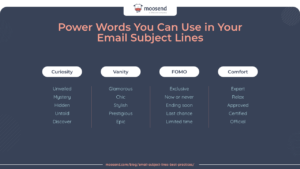
Tip: You can use multiple power words, but don’t overdo it. Adding 2-3 is great. More than that may be overwhelming.
7. Add preview text
While not technically part of your subject line, the preview text or preheader found right next to it deserves your attention because it:
- Improves open rates
- Builds anticipation and sets expectations
- Deepens personalization and relevance
- Strengthens brand voice and messaging
Displayed alongside the subject line in clients such as the iPhone Mail app, Gmail, and Outlook, preview text gives recipients a sneak peek into your email’s content.
The email client automatically pulls from your email body if you don’t customize the preheader. This can look messy and is a missed chance to engage your audience.
As the subject line should be short and sweet, use the preview text to include messages that further intrigue your subscribers and prompt action.
Here’s an example from the Red Bull Shop:
- Subject line: Enjoy a summer treat on us! 🏒
- Preview text: Get 30% off EC Red Bull Salzburg jerseys now.
See how the above preview text gives more information about the discount, offering continuity between the two for a cohesive message?
8. Use action verbs
Similarly to power words, action verbs will psychologically drive people to open your email by creating a sense of urgency and excitement.
For instance, in an email about a fun beach getaway, the subject line could be “Splash into summer fun” instead of a generic “Summer Beach Retreat.”
The first option uses “splash” to paint a lively picture of the excitement ahead.
On the flip side, some people simply prefer straightforward directions. If your email includes a clear call-to-action, such as prompting people to reserve spots for an event, feel free to mirror that in your subject line.
9. Set the right expectations
A subject line previews what subscribers can expect from your email. It improves the chances they’ll open and read it if done right. However, remember that high open rates are not the only goal.
Here are a few email subject line best practices for setting the right expectations for your target audience:
- Avoid making false promises: Ensure your email subject line truthfully represents your message’s content to maintain credibility and prevent unsubscribe rates. For example, don’t imply “A great discount” in the email subject line, but explain that only the contest winners qualify for it in the body. That would make your subject line clickbait.
- Communicate clearly: Be specific instead of using general and vague language. Say: “50% off all new products today only!” instead of “Check the discounts inside!
- Ensure your subject line tone matches your email body copy: For example, a playful subject line in an email with a serious tone would create a disjointed reader experience.
10. A/B test your subject lines
A/B testing, or split testing is one of the key email marketing best practices.
Using your email service provider’s split testing features, you can test different versions of elements such as email subject lines, parts of the email body, or your email list.
After analyzing the winning variation, you can then send the best-performing version to the rest of your recipients.
What to test:
- Different lengths
- Emojis
- Number placement
- Capitalization and punctuation
- Tone variations (formal vs. casual)
How to test your subject line:
- Find a subject line tester
- Create at least 20 subject line versions. Start by using already tested subject lines as templates
- Identify the top two or three
- Send A/B test emails to small groups (10-20% of your total audience)
- Analyze the best-performing version
Creating an A/B testing campaign with Moosend
Moosend offers a split testing feature for your subject lines and email content.
Here’s how to run an A/B test:
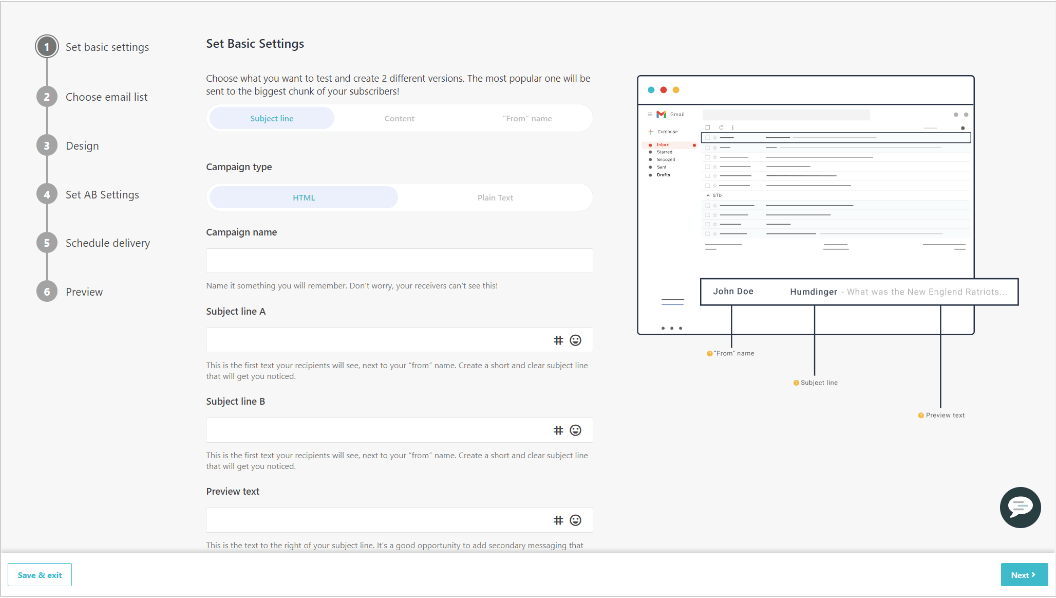
- Create an A/B testing campaign
- On the ‘Set basic settings’ page, you can now create different versions
- Test what is the best title for your campaign. Both Subject A and Subject B will be tested on a percentage of your list.
- Analyze the best-performing version
You can run your subject line split tests and more by signing up for a free moosend account.
11. Be careful with emojis
Emojis are effective tools in communication, going beyond mere symbols. They convey emotions and tone in ways that plain text may not, influencing how your subscribers perceive and understand your email messages.
However, Search Engine Journal research showed that although the impact of emojis can be positive and increase email click-through rates, at 64.71%— signifying that in their niche people are good at using emojis and know them well—it can also be negative.
In their research, the subject lines without an emoji had the higher open rate at 52.94% and the emails with emojis in the subject line had a 70.59% unsubscribe rate, suggesting a negative sentiment toward emojis.
So, what should you do, include them in your subject lines or not?
We suggest you use them carefully, following these basic email subject line best practices:
- Ensure emojis render consistently across devices and platforms by testing how they display on different devices and apps before sending your emails.
- Consider your audience’s preferences; don’t use emojis if they don’t like them or are irrelevant.
- Use only clear emojis and the ones directly related to the email topic. In an email newsletter about travel, for instance, relevant emojis could include symbols like ✈️ for flights, 🏖️ for beaches, or 🗺️ for maps.
- Watch out for emojis with multiple meanings; Avoid accidental misunderstandings, like a peach for instance.
12. Use scarcity
Scarcity is a technique marketers use to encourage their subscribers to buy a product or service before it runs out of stock or the related discount expires.
According to Psychology Today, scarcity is effective because it strongly impacts human behavior.
Create urgency in your subject lines by adding time or availability limitations, encouraging readers to act promptly.
For instance: “Hurry! Only 3 consultation spots left” or “Last chance to get 30% off our all-time best-selling book.”
The key to using scarcity effectively is relevance.
Ensure your offer aligns with the reader’s interests before introducing scarcity. If they’re not interested in your consulting or books, the urgency of a limited-time offer won’t be compelling.
Similarly, you can use scarcity in your preview text. Here’s an example by Meowingtons that works perfectly with their subject line:

13. Give value right away
To engage your audience, clearly outline what to expect upon opening your email and its value. Include offers like discounts, exclusive content, customer stories, or valuable resources.
Combine your value proposition with other email subject line best practices to emphasize the exclusivity of the offer or content, making email recipients feel privileged to receive it.
For instance, consider a subject line like: “Uncover hidden trails: Your VIP pass to 25% off summer camping escapes!”
Here’s an example from Joybird.
Subject line: 📩 Your exclusive VIP sale invite is here

14. Use numbers
Numbers can improve your subject lines, making them stand out, delivering a clear and straightforward message about your offer, and setting the right expectations.
According to Nick Koleda’s research, when we encounter a number, it activates the sensory elements our brains used when we first learned about them.
Numbers grab a reader’s attention and convey credibility, enhance a promise, or provide specific information.
For example, instead of saying: “Convert your subscribers into customers,” title your email with: “11 ways to convert subscribers into customers.”
Tip: According to research, even numbers are easier to process than odd ones. So, choose them to increase your open rates and engagement.
15. Ask questions
Questions spark curiosity and inspire people to open emails. You can tailor the questions in your subject lines to your subscribers’ needs, interests, or tracked behavior.
However, ensure your question sets the right expectation and gets answered within the email.
Your question can either be open or closed-ended. Open-ended questions encourage subscribers to think and engage with the email, while closed questions evoke a direct response or action.
- An open-ended question: How would you spend an extra day off?
- A closed-ended question: Join our Exclusive ‘Mastering SEO’ Webinar in 1 hour. Ready?
Both types can be effective depending on the context of the email and the desired outcome.
16. Minimize punctuation
The rule of thumb is to use no more than three punctuation marks per subject line. Too many punctuation marks can make your email look spammy.
But not all punctuation has the same effect. According to Smart Insights, 2% to 4% of your subject lines should end with a single period, leading to a 10% to 20% higher open rate.
Also, the same research recommends using question marks cautiously.
Many email marketers noticed an 8% drop in click rates on subject lines that ended with a question mark.
Instead, opt for exclamation marks to build hype. Avoid using too many though, as they can also flag your email as spam.
To be safe, let your copy convey the excitement and sell your message instead.
Tips to Get Your Subject Lines from Good to Great
Crafting successful email subject lines requires a blend of art and science. Here are some tips to ensure your emails catch subscribers’ eyes in their crowded inboxes.
1. Use humor
If you can craft a funny subject line in only a few words, your email will get much attention.
Matt Abrahams, a podcast creator and lecturer in organizational behavior at Stanford University Graduate School of Business, noted that humor helps connect with your audience, ease tension, and make your viewpoint more compelling. Additionally, it can make both you and your message more memorable.
Depending on your brand’s tone of voice, try using puns or clever wordplay to make your contacts giggle, raise their eyebrows, and inspire them to open your email.
Be cautious when using humor for catchy email subject lines, though, as they might backfire. Here’s how to avoid potential issues:
- Understand your audience and their preferences
- Use humor only occasionally
- Be respectful always
2. Make the recipient feel special
In a Chicago Booth Review article—Chicago Booth’s assistant professor Alex Imas and London School of Economics associate professor Kristóf Madarász conclude that: “The desire to possess something that others want exclusively is a great passion of human nature.”
You’ll create exclusivity with a mix of trigger words (power words, action words, scarcity, exclusivity-related words), personalized deals, and deadlines.
Crafting your message just right can make your recipients feel special — and the impact can be remarkable. See this example: “24-hour presale: Be the first to get [item]!”
Another great email subject line best practice is to combine exclusivity with other email types, like abandonment cart emails. For instance: “Shh… A hidden gem inside— Your cart deserves VIP treatment.”
3. Show your brand’s personality
Creating a consistent tone of voice is key in both your email and entire content marketing strategy. It reflects your brand’s personality, making a significant impact.
At first, it sets, and later it meets customer expectations, helping them to build trust and a strong and lasting relationship.
As email subject lines are no exception, they, too, should convey the tone, language, and style that reflects your brand personality and appeals to your audience.
So, if your brand leans towards a playful and fun image—use jokes, puns, emojis, and slang.
Here’s an example: “It’s raining discounts! ☔️20% off your first [brand name] umbrella.”
Conversely, opt for formal, precise, and informative language for a more serious and authoritative brand: “One-time offer: 20% off your first [brand name] umbrella.”
4. Drive curiosity
Some subject lines work by promising value to subscribers if they open the email, while others may spark their curiosity.
Curiosity is a core part of being human, motivating us to explore and learn.
Psychologically, it boosts dopamine, driving our interest and engagement with new things.
If your subject line reads, say: “Unlock 3 secrets to sleep better,” your subscribers will want to discover those secrets and open the email.
However, a subject line like: “You’re sleeping the wrong way. Reveal the secrets of a good night’s sleep,” triggers compound curiosity with an added intrigue, making it even more enticing for your subscribers.
Examples of Good Email Subject Lines
Subject lines create your subscribers’ first impression of your email marketing campaign.
The effective ones boost open rates, paving the way for higher click-through rates. When paired with engaging email content, they lead to improved conversion rates.
Here are a few email subject line examples you can emulate.
1. Billie
Subject line: The razor color you requested is here!
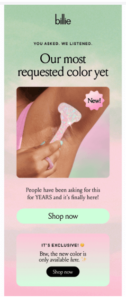
Why it works:
- Directly addresses the recipient, creating urgency with words like”arrived” and “here”
- Triggers curiosity as the razor’s color is not revealed in the subject line, prompting email opens
- Email content matches the subject line, immediately showing the razor and its color along with offer details
2. AliExpress
Subject line: 540 shoppers bought these top-rated items
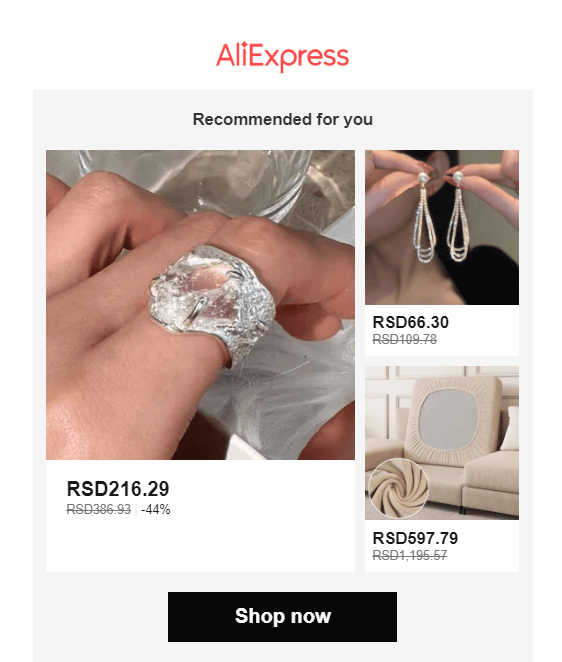
Why it works:
- Uses numbers to show popularity, providing social proof
- Creates urgency by indicating high demand and potential sellout
- It’s paired with a preheader, “Hurry, deals won’t last,” adding another layer of urgency
- Clear, concise, and to the point, notably without punctuation marks
3. Jeni’s
Subject line: Pass the syrup, please

Why it works:
- Matches the brand’s warm and friendly voice, triggering the image of a common breakfast scene
- Creates a personal and engaging tone, as though directly addressing the recipient
- Sparks curiosity while subtly hinting at the allure of syrup, striking a balance
- Email content complements the subject line by introducing and offering the specific Maple syrup
4. Ford
Subject line: Adventure is calling. How will you answer?
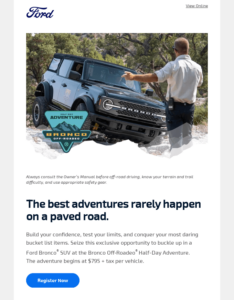
Why it works:
- Short and to the point, ending with a question
- Plays on FOMO
- Creates a personal challenge, arousing interest and prompting reflection
- Encourages opening the email to discover potential adventures
Email Subject Line Best Practices: Mastered
Subject lines can make or break your email campaign.
Creating great subject lines takes time, mixing, and matching between techniques described in this post, like urgency, personalization, and intriguing curiosity.
Ultimately, your audience decides if they are successful, so you must also test them.
If you could use a hand, though, Moosend’s platform will equip you with the tools to add personalization, write your subject lines, and test them for better results. You can sign up for a free Moosend account today and see how we can help.
FAQs
Here are a few answers to common questions regarding email subject lines.
1. What is the correct strategy for the email subject line?
The correct strategy for an email subject line is to make it straightforward, clear, and concise. Ensure it reflects your email content and purpose and personalize it to engage the recipient. Avoid spammy words, excessive punctuation, and all-caps. Instead, use action verbs and power words to create urgency and curiosity. Test different subject lines to find what works best for your audience.
2. What are good professional subject lines for emails?
Good professional subject lines need to be clear, concise, and to the point. Here are some examples:
- “Your Invoice for [Month/Year] is Ready”
- “Important Update: Changes to Your Account”
- “Invitation: Join Our Upcoming Webinar on Marketing Strategies”
3. How do you optimize email subject lines?
To optimize your email subject lines you can follow some of the best practices, such as reducing their length and adding personalization. Also, test different variations to see which ones perform best, and use preview text to complement and expand on the subject line. Using a subject line tester is also a great way to speed up the optimization process and get valuable insights and suggestions.
4. When composing an email what should go in the subject line?
The subject line should clearly state the purpose of the email and intrigue the recipient to open it. It should be concise, relevant, and free from misleading information. For example, “Update: New Features in Our App” or “Reminder: Upcoming Webinar on Marketing Strategies.” Ensure it aligns with your email content to set the right expectations for the recipient.
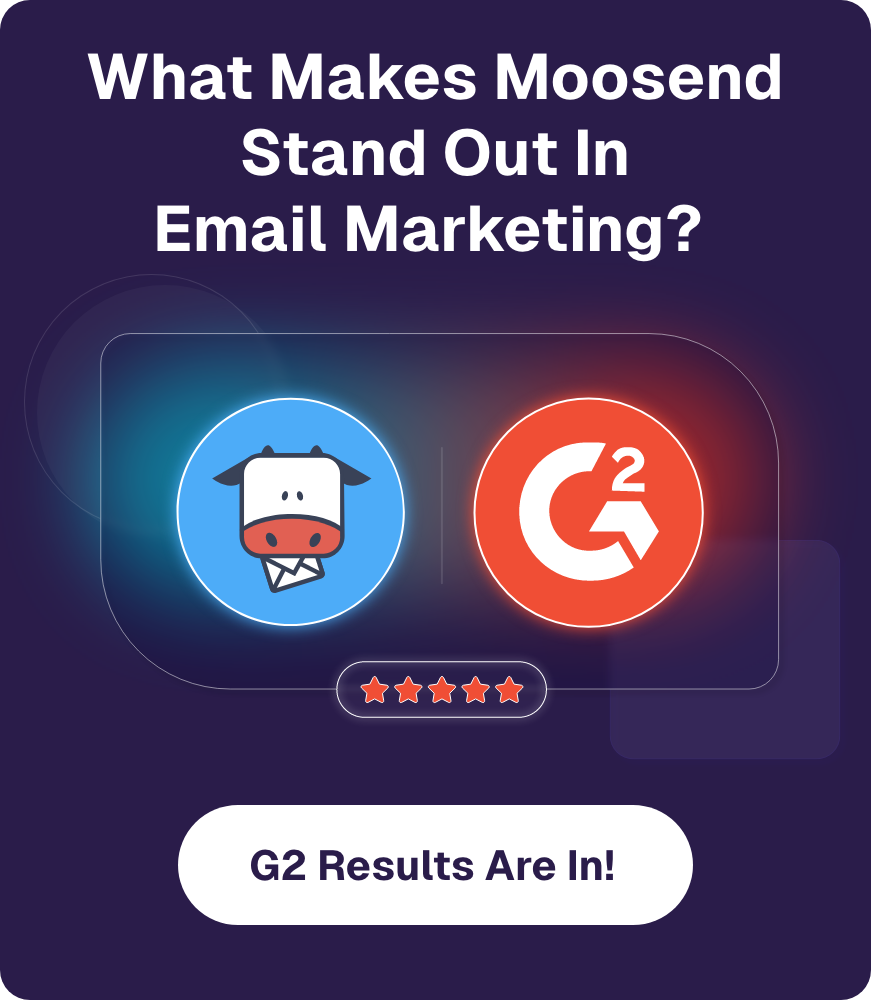
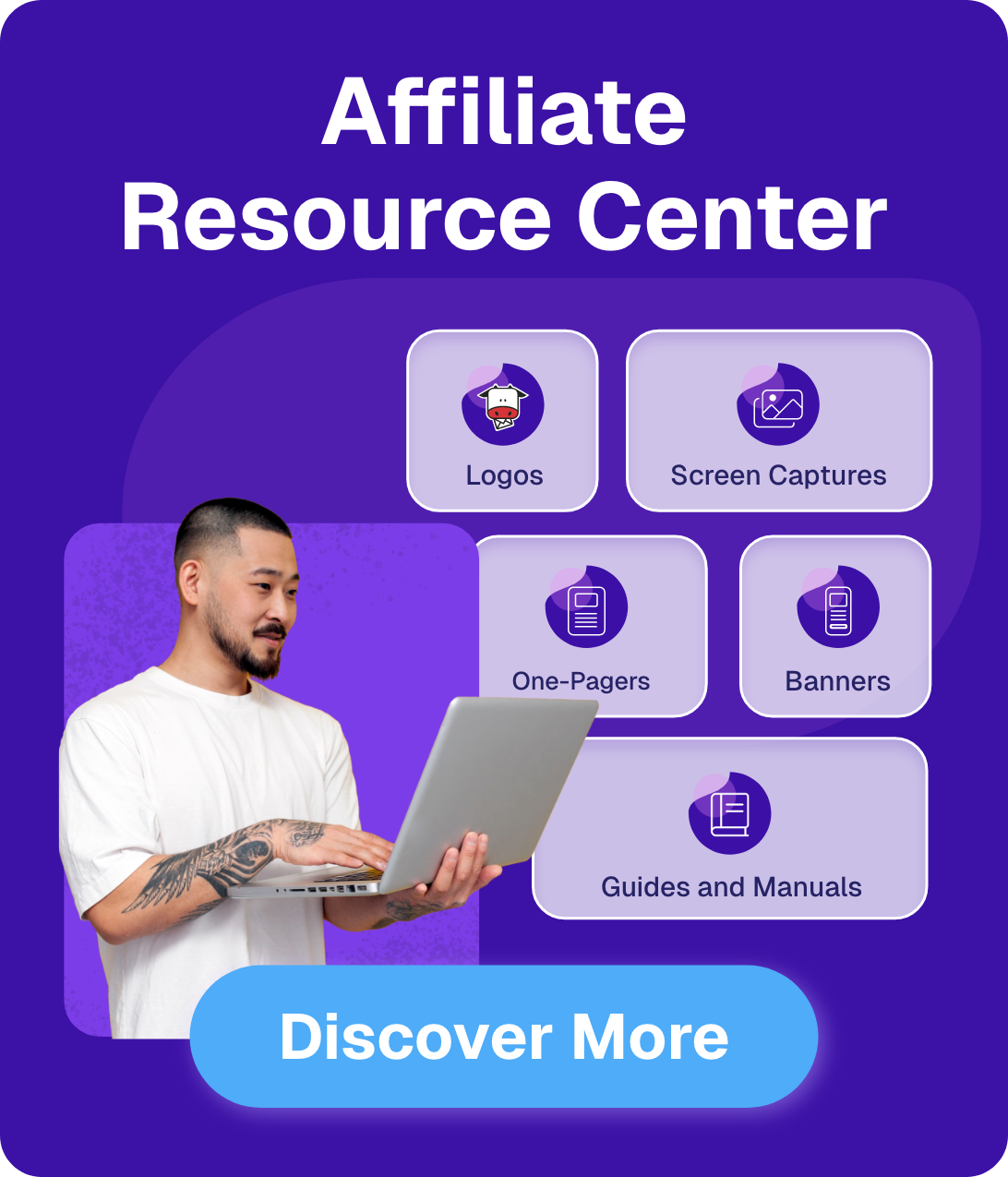


 Published by
Published by
